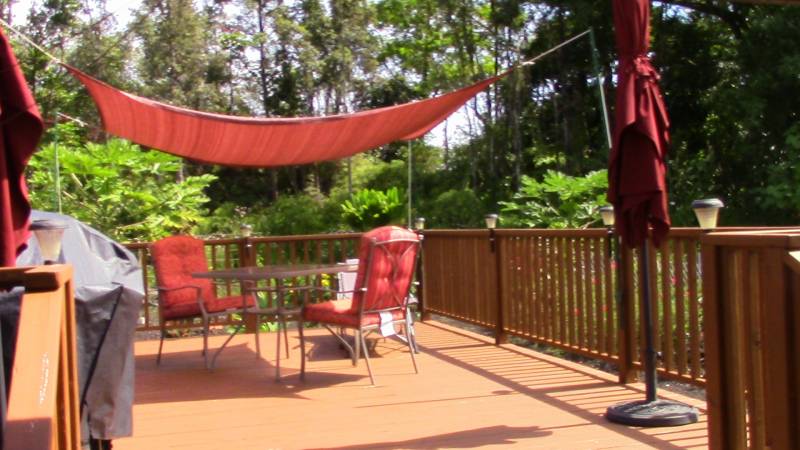Life on the Big Island of Hawaii is peaceful and relaxing and as laid back as anywhere I’ve been about 95% of the time. That other 5% reminds us we live on an active volcano in the middle of the Pacific Ocean. Still worth it? Of course, but it adds some challenges that most people will never have to face. Each time the lava starts to flow, insurance companies panic and threaten to never write another policy in lava zone 1 and 2. Each time, the Governor steps in and makes sure the job gets done. This lava flow is no different. Can I get insurance on a home in lava zone 2? I called around and got some answers.

What are Lava Zones?
We have lava zones on the Big Island. Think of them as flood zones but with lava. The insurance companies needed a number assigned so they could charge for risk. They chose historical flows to come up with this number. Lava zone 1 is considered the riskiest and lava has been active in these areas in the past. Insurance costs more in lava zone 1. This is the area where the current lava flow is occurring. Lava zone 2 is considered less risky than lava zone 1. According to Wikipedia, 25% to 75% of lava zone 2 has had lava active since 1800, and the risk gets smaller the farther from lava zone 1 you buy. (Click here to see this and all zone definitions). Currently, no one that I can find will insure in lava zone 1. Lava zone 2, however, is still able to get insurance in most cases. Most of the insurance companies I called said it is on a one by one basis. They need the address and circumstances of the purchase before stating yes or no.
Getting Insured
Pyramid Insurance Center in Hilo is the only company I spoke with that said it was not a problem, but there are a few caveats. If I understand correctly, as long as the Seller of the property has insurance at this time, the Buyer will be able to sign on using the same policy. This will allow the sale of the home to move forward. This is only good if the home is going to be used as a primary residence or a long term rental. Vacation rental properties don’t fall into this category and most likely won’t be able to be insured until a later date. If the Seller does not have insurance, the Buyer can still write a policy but it will remain inactive for a 6 month period. This would obviously cause problems if a lender is involved, but it can be done. If you have a specific question, call Pyramid Insurance at (808)969-7174 and I’m sure they will be happy to help.
This obviously is a fluid topic at the time as we aren’t sure what will happen with the current lava flow. The restrictions today may not be active tomorrow. If you are in escrow or planning on being in escrow soon, this may be something you want to look up at the beginning of the process when you find the home you want to buy. It doesn’t mean you can’t buy in lava zone 2, it just means you will want to talk to your insurance company before you commit. Lava zone 3 and higher are considered far enough away to have little risk and currently, there are no insurance restrictions. I hope this helps. Aloha!




Pam O'Shaughnessy
May 24, 2018
Thanks for the posting.
Quick correction: per your wiki link, lava has covered only 15-25% of Zone 2 since 1800, not 25-75% as you stated.
Sherri White LeCornu
May 24, 2018
Thank you for a great article!
Beth Thoma Robinson
May 24, 2018
Excellent information, even when we arenʻt in an active eruption period!
Darian
May 24, 2018
Great article Ron! Thanks for keeping us updated.
Salena
May 25, 2018
You forgot to find out what the rules are if you are building brand new on raw land